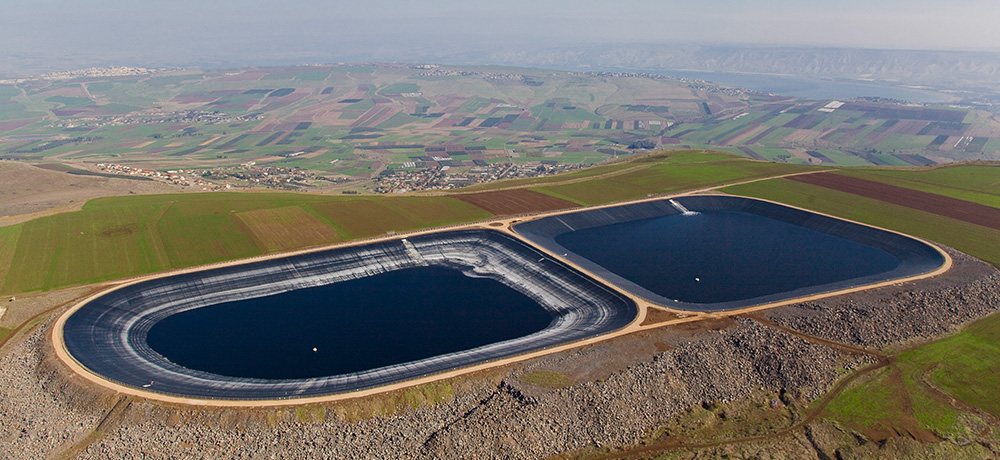- Español
- Português
- русский
- Français
- 日本語
- Deutsch
- tiếng Việt
- Italiano
- Nederlands
- ภาษาไทย
- Polski
- 한국어
- Svenska
- magyar
- Malay
- বাংলা ভাষার
- Dansk
- Suomi
- हिन्दी
- Pilipino
- Türkçe
- Gaeilge
- العربية
- Indonesia
- Norsk
- تمل
- český
- ελληνικά
- український
- Javanese
- فارسی
- தமிழ்
- తెలుగు
- नेपाली
- Burmese
- български
- ລາວ
- Latine
- Қазақша
- Euskal
- Azərbaycan
- Slovenský jazyk
- Македонски
- Lietuvos
- Eesti Keel
- Română
- Slovenski
- मराठी
- Srpski језик
An important link for geomembrane to play its anti-seepage effect
2021-06-15
The quality of the geomembrane itself is very important to the safety protection of the river embankment. When transporting geomembrane, it should not damage or pollute the environment, and long-term contact should be avoided. Before entering the site, check whether the specifications and models of the geomembrane take into account the construction regulations. For each batch of geomembrane that arrives at the construction site, engineers are required to conduct quality inspections, and can be used on the construction site only after passing the inspection.

When laying the membrane, it should be carried out in strict accordance with the drawing design and standard regulations, and the dirt and debris on the lower base mat should be removed first to prevent these dirt from damaging the geomembrane. During the entire film laying process, ensure that the film surface is flat, free of wrinkles, and the tension level is well controlled. In addition, pay special attention to the actual operators on site not to wear hard-soled shoes. The joint decomposition is a key step for the geomembrane to fully exert its impermeability function. If the joints are not handled properly, not only will it not serve as a waterproof layer, but the water quality will continue to enter. According to the gap at the bottom of the membrane, the key to the lap joint of the geomembrane is the adhesive, and the joint is removed before bonding. After cleaning the adhesive, it is dried and cured by laminating technology. Under normal circumstances, the overall width of geomembrane bonding should be controlled within 10 cm, and inspection should be carried out immediately after bonding. After confirming compliance with the standards, construction can begin. In addition, after the pavement is overlapped with the steel bars, it must be covered with the thickness of the upper protective layer immediately to avoid damage caused by external factors.

When laying the membrane, it should be carried out in strict accordance with the drawing design and standard regulations, and the dirt and debris on the lower base mat should be removed first to prevent these dirt from damaging the geomembrane. During the entire film laying process, ensure that the film surface is flat, free of wrinkles, and the tension level is well controlled. In addition, pay special attention to the actual operators on site not to wear hard-soled shoes. The joint decomposition is a key step for the geomembrane to fully exert its impermeability function. If the joints are not handled properly, not only will it not serve as a waterproof layer, but the water quality will continue to enter. According to the gap at the bottom of the membrane, the key to the lap joint of the geomembrane is the adhesive, and the joint is removed before bonding. After cleaning the adhesive, it is dried and cured by laminating technology. Under normal circumstances, the overall width of geomembrane bonding should be controlled within 10 cm, and inspection should be carried out immediately after bonding. After confirming compliance with the standards, construction can begin. In addition, after the pavement is overlapped with the steel bars, it must be covered with the thickness of the upper protective layer immediately to avoid damage caused by external factors.

